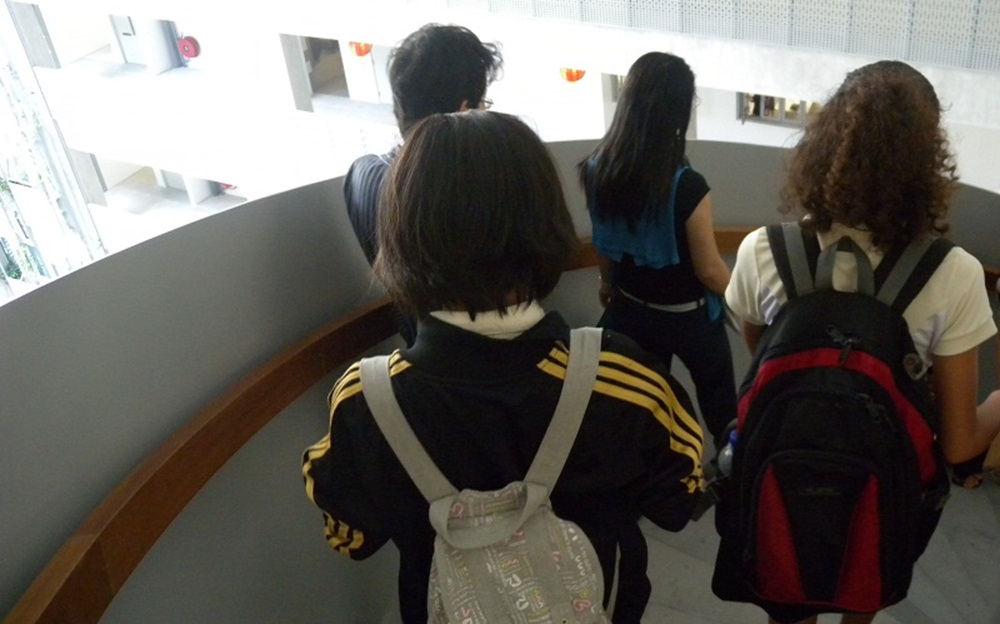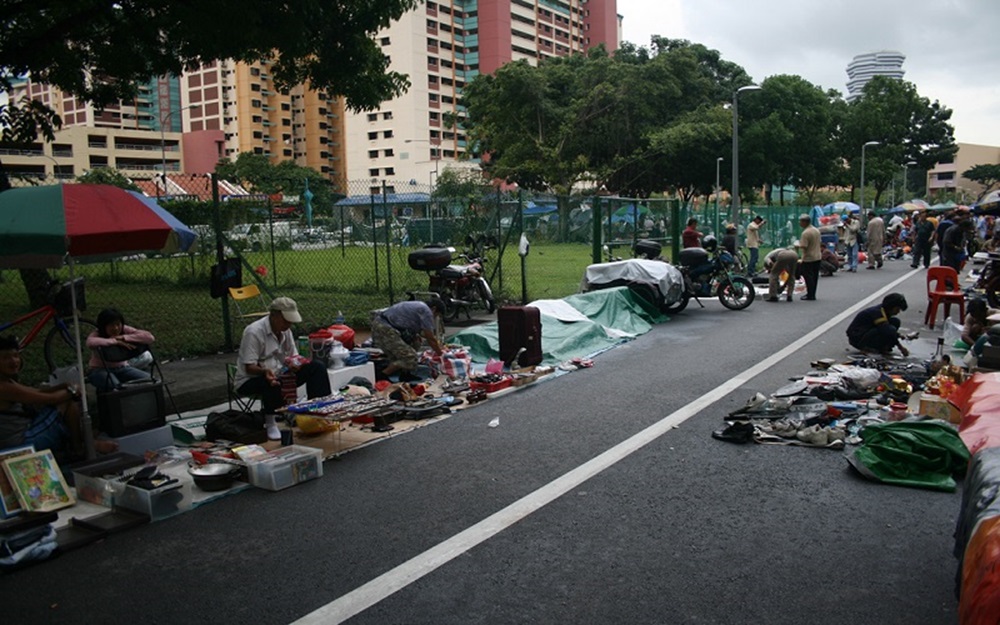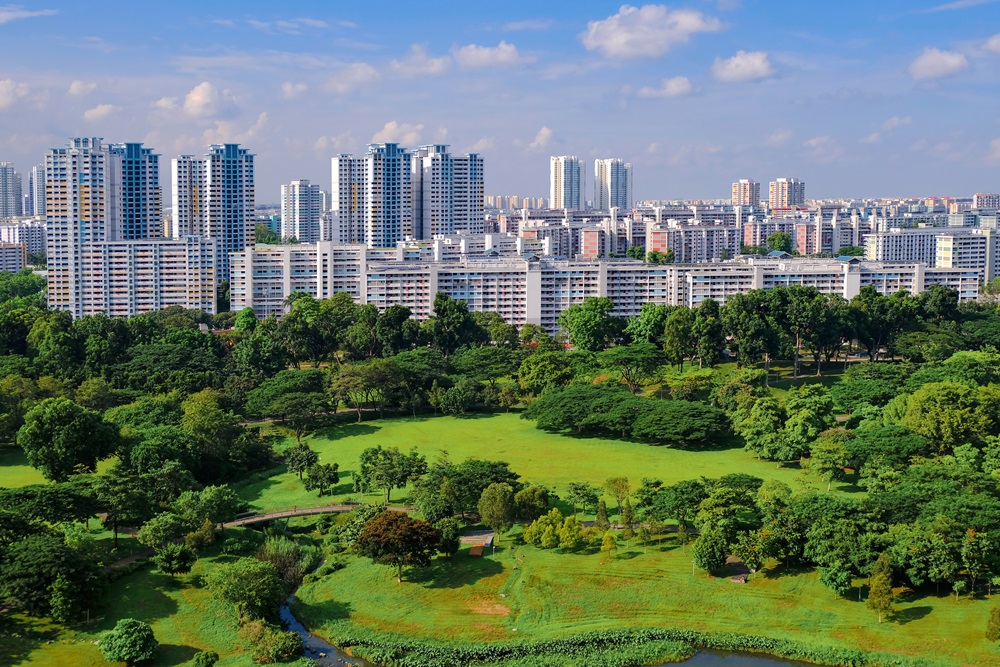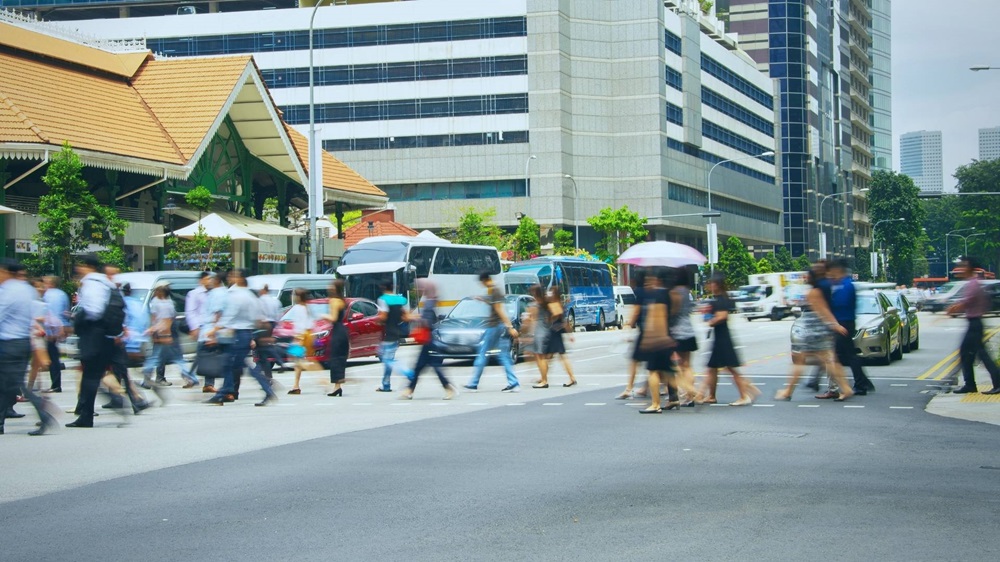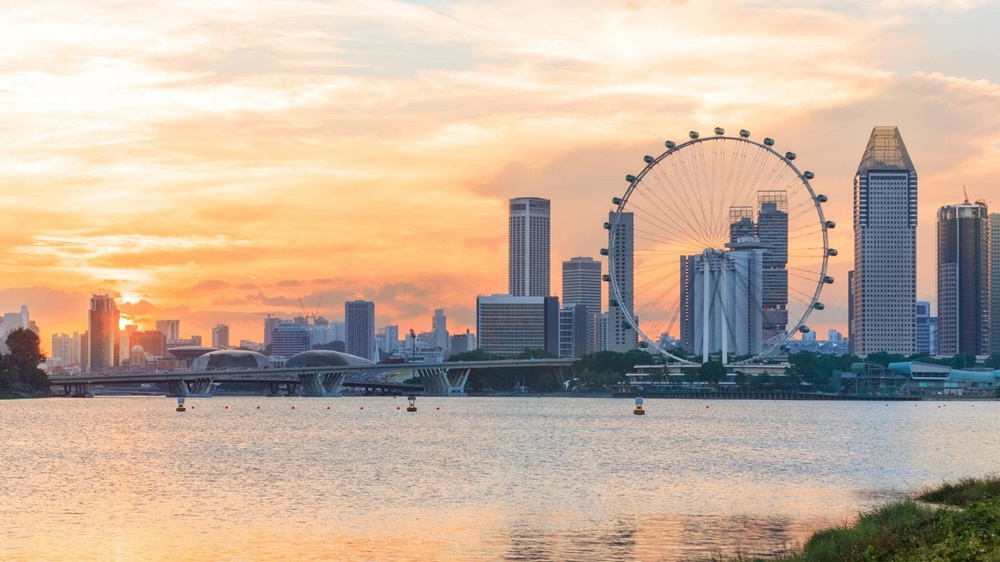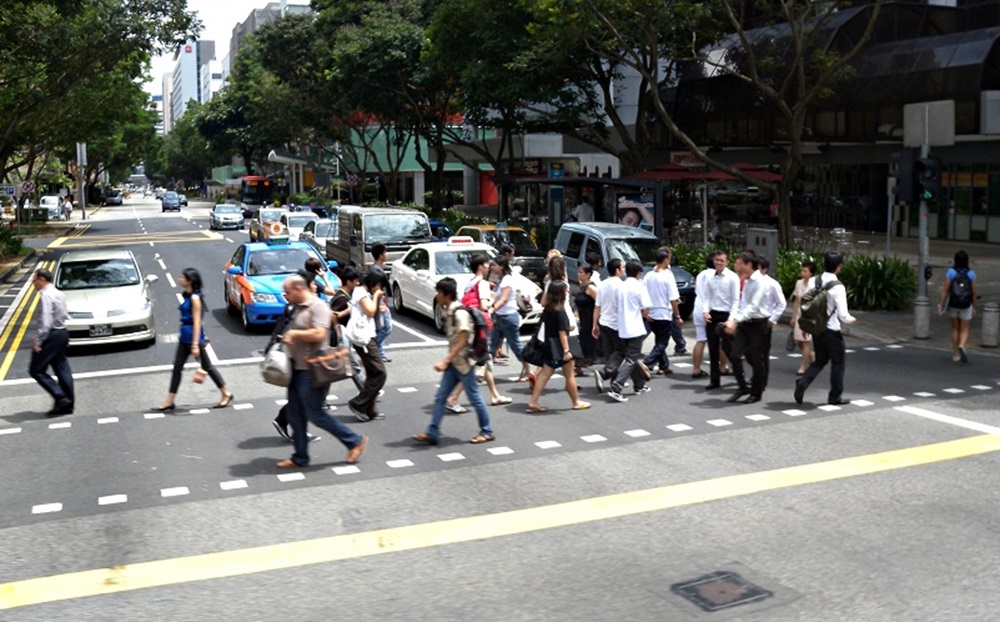
It’s the Labour Day holiday! For many, it’s an additional day off work. And, since the first day of May falls on a Monday this year, we get to enjoy the weekend a little longer.
While you enjoy the holiday with friends and family, here’s some interesting information about the history and significance of Labour Day.
History of Labour Day
Many centuries ago, Gaelic communities commemorated the arrival of summer with festivities and celebrations on the first day of May. However, the present Labour Day holiday, which is synonymous with May Day and International Workers’ Day, has its roots in the fight for worker’s rights from the nineteenth century.
During this period, the working class toiled up to 16 hours a day in severe and unsafe working conditions. They held protests and strikes to gain the 8-hour workday and improvements to their working conditions. In 1886, during one such protest in Chicago, a bomb detonated near Haymarket Square, the resulting mayhem killed and wounded both the protestors and the police. The incident was infamously termed the ‘Haymarket Affair’, and in 1889, a pan-national organisation called the Second International declared May 1 as International Workers’ Day to commemorate the incident. Ever since, Labour Day is widely observed around the world to pay tribute to the contributions and achievements of workers.
Labour Day holiday in Singapore
Labour Day was gazetted as a secular public holiday in 1960 – a paid day of rest to honour everyone that has worked hard to make Singapore a successful nation. In his inaugural May Day Rally speech that year, Prime Minister Lee Kuan Yew announced that the government was committed to the welfare of workers in forging ahead on industrial expansion and nation building. He emphasised that a symbiotic relationship and confidence between the unions, employers and the state was imperative for Singapore’s progress.
Annually, the labour movement organises the May Day Rally and a series of celebratory events in the month of May. This year, Labour Day will be celebrated across five NTUC May Day events throughout the month.
History of the Labour Movement in Singapore
Post World War II, Singapore’s working population consisted mainly of blue-collared workers and registered unions represented them on bread-and-butter issues. These unions often organised themselves under trade unions – association of workers from a particular trade or a group of trades – to collectively bargain for workers’ compensation and rights, and to confront exploitative employers.
Over the decades, several trade unions have come and gone, namely in the, 1940s - Singapore Federation of Trade Unions (SFTU), 1950s - Singapore Trade Union Congress (STUC), and 1960s - Singapore Association of Trade Unions (SATU) and National Trades Union Congress (NTUC). Till date, NTUC remains the central trade union leading the labour movement in Singapore.
Post-independence, the labour movement faced challenges in industrial policy shifts and changes to labour laws. NTUC took to reinvigorate and modernise the labour movement as a force for nation building. It promoted tripartism – collaboration involving unions, employers, and government - as a key competitive advantage for Singapore. This signalled a shift in employer-employee relations from a confrontational to a cooperative approach. Unions and employers recognised the shared value of equality and fairness and Singapore’s stance on exploitation that had been rife in the past. As progress was made, NTUC went on to propose the formation of the Singapore Labour Foundation (SLF) to promote the social, educational and economic welfare of union members and their families, as well as to advance the development of the trade union movement in Singapore.
Labour forward
Over the years, as industries and the nature of work changed, Singapore’s labour movement worked together with the government to upgrade and update policies and infrastructure. In particular, the unions provided opportunities for workers to upgrade their skills, and established cooperatives and social enterprises to provide affordable goods and services.
The Workfare Income Scheme (WIS) introduced in 2007 became a permanent feature of Singapore's social security system. The scheme encouraged up-skilling by supplementing the incomes and retirement savings of older lower-wage Singaporean workers and provided funding support for work-related training. To address the concerns and the exponential increase of Professionals, Managers, and Executives (PMEs) in the resident workforce, the government updated the Employment Act to support Singapore’s transition into a highly skilled and innovative economy. Moreover, in 2015, the SkillsFuture initiative was introduced to provide Singaporeans aged 25 and older with opportunities for skills mastery regardless of their starting points. The initiative also incentivised employers to design better jobs and hiring processes for Singaporeans.
This year, during the Committee of Supply debates, the Ministry of Manpower announced its continued commitment to nurture a progressive and inclusive workplace that will do more for older workers, low-wage workers, and workers with caregiving responsibilities. The announcements also focused on creating quality jobs for Singaporeans, provide guidance to take new jobs, strengthen local-foreign workforce complementarity, enhance employment protection frameworks and retirement adequacy.
In addition, the ministry will work with NTUC and the Singapore National Employers Federation (SNEF) to reach out to more freelancers. And to address their concerns a tripartite workgroup will be commissioned to study the impact of freelancers and the gig economy.
Gov.sg wishes all a Happy Labour Day!
We use cookies to tailor your browsing experience. By continuing to use Gov.sg, you accept our use of cookies. To decline cookies at any time, you may adjust your browser settings. Find out more about your cookie preferences here .









